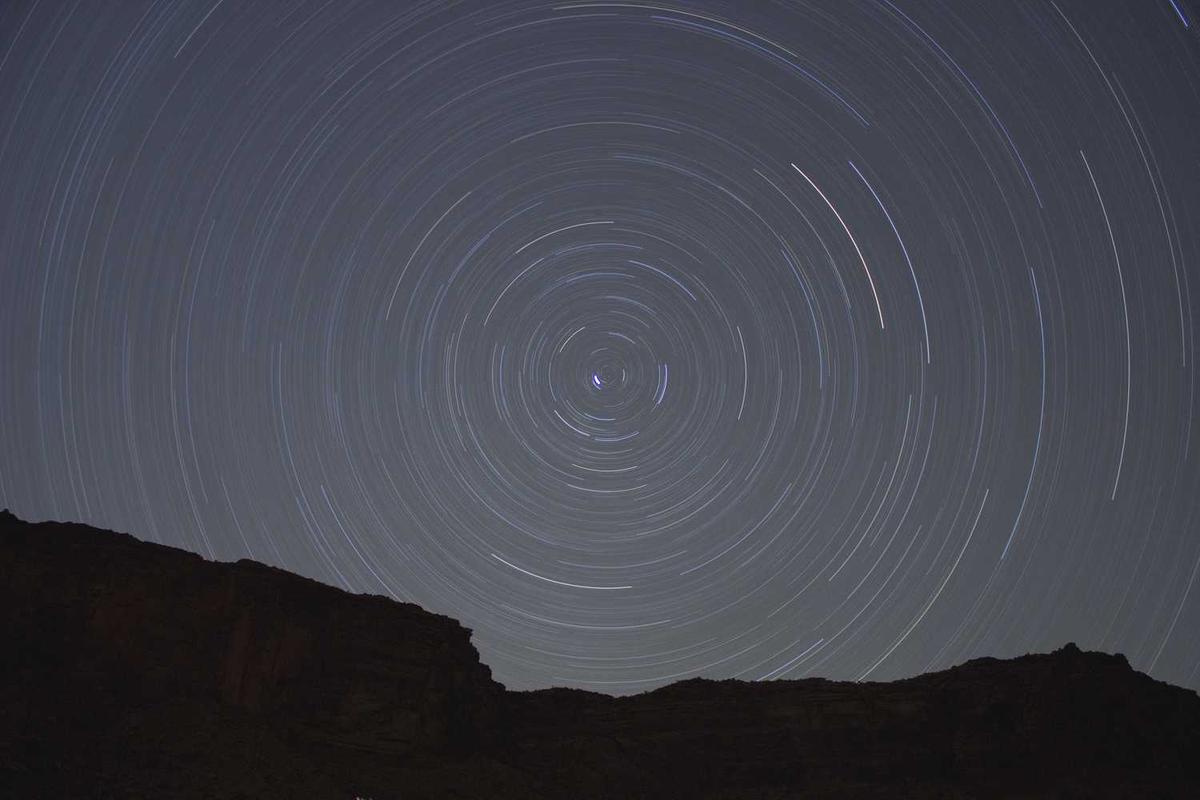Who Is This Artist? Identifying Unknown Paintings & Artwork
Discovering the artist behind a painting or artwork can be a fascinating journey, especially if you’ve inherited a piece, found a treasure at a flea market, or simply want to learn more about a piece you admire. This guide provides practical steps and resources to help you identify unknown artwork.
Identifying Artist Signatures & Marks
The first step in identifying an artist is to examine the artwork for any signatures, monograms, or marks. These can be located on the front, back, or even the sides of the piece.
- Signatures: Look for a full name, last name, or initials. Note the style, script, and any dates that might be included.
- Monograms: Artists often use intertwined initials as a form of signature. Deciphering these can require some detective work.
- Marks: Look for foundry marks, gallery labels, or other markings that might provide clues about the artwork’s origin or history.
- Photograph and Document: Take clear, high-resolution photographs of all signatures and marks. This documentation will be crucial for your research.
Tips for Deciphering Signatures
- Consider the era: Signature styles change over time. Researching signature styles from specific periods can be helpful.
- Look for unique characteristics: Pay attention to unusual letter formations, flourishes, or abbreviations.
- Consult signature dictionaries: Specialized resources, both online and in print, catalog artist signatures and marks.
Using Online Art Databases & Resources
The internet offers a wealth of resources for art identification. These databases and platforms can help you match signatures, research artists, and explore auction records.
- Art Signature Dictionaries and Databases: Several online platforms specialize in artist signatures. Some offer free searches, while others require subscriptions.
- Auction Records: Sites like Sotheby’s, Christie’s, and other auction houses maintain online catalogs of past sales. These can provide information about similar artworks and their attributed artists.
- Museum Websites: Many museums offer online collections databases. Searching for similar styles or subject matter can lead you to the artist you’re looking for.
- Online Art Forums and Communities: Engaging with online art communities can be a valuable way to connect with experts and enthusiasts who may be able to offer insights.
Refining Your Search
- Keywords: Use specific keywords related to the artwork’s subject matter, style, medium, and any identifiable features.
- Image Search: Use reverse image search tools to find visually similar artworks online. This can lead you to information about the artist or the artwork’s origins.
Consulting with Art Appraisers & Experts
If your online research doesn’t yield conclusive results, consulting with a qualified art appraiser or expert is the next step. These professionals have the knowledge and experience to authenticate artwork and provide accurate attributions.
- Finding a Qualified Appraiser: Look for appraisers who specialize in the type of artwork you have (e.g., paintings, sculptures, prints). Professional organizations like the Appraisers Association of America can help you find qualified appraisers in your area.
- Preparing for the Appraisal: Gather as much information as possible about the artwork, including its provenance (history of ownership), any documentation you have, and your research findings.
- Understanding the Appraisal Process: Appraisers use a variety of methods to authenticate and evaluate artwork, including stylistic analysis, technical examination, and research into provenance.
FAQ: Identifying Unknown Artwork
What if the signature is illegible?
Even if you can’t fully decipher the signature, partial letters or unique characteristics can still be valuable clues. Consult signature dictionaries or online forums for assistance.
How much does an art appraisal cost?
Appraisal fees vary depending on the appraiser’s experience and the complexity of the artwork. It’s best to contact several appraisers to get quotes.
Is online appraisal a reliable option?
While online resources can be helpful for preliminary research, a formal appraisal typically requires an in-person examination of the artwork.
What if my artwork isn’t signed?
Don’t be discouraged! Many artworks are unsigned. Focus on researching the artwork’s style, subject matter, and medium to narrow down potential artists.
Conclusion: Identifying the artist of an unknown artwork requires patience and careful research. By combining online resources with expert consultation, you can significantly increase your chances of uncovering the story behind your piece. Start your investigation today and unlock the secrets your artwork holds!
